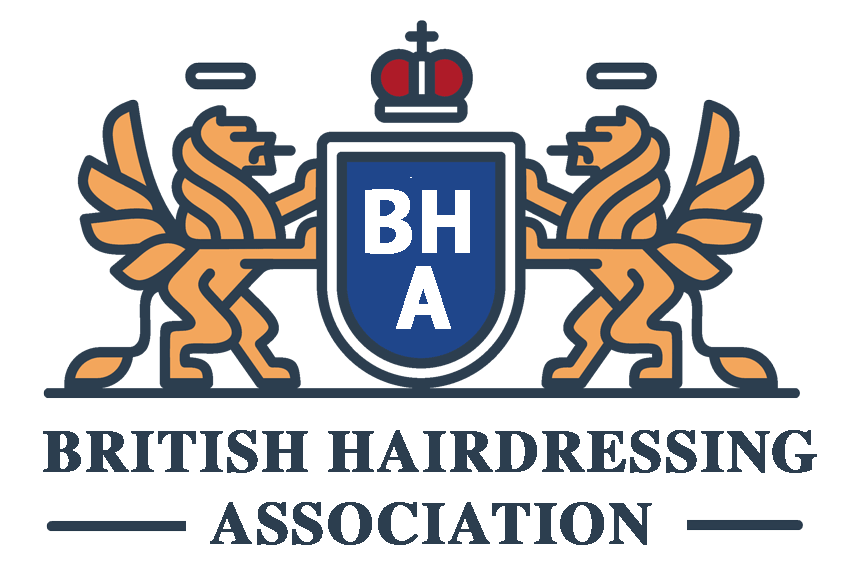Your Ultimate Guide to Hairdressing Licenses Across the UK
An Introduction to Hairdressing Licenses Across the UK
The hairdressing industry in the UK is not just about creativity and skills but also understanding the legal framework and license requirements. Navigating the regulatory landscape of hairdressing licenses can be daunting, but this guide aims to clarify the process and requirements for aspiring hairdressers in the UK.
Understanding the Basics
Unlike some professions, hairdressing in the UK does not have a single, unified licensing body. Instead, the regulatory requirements can vary significantly depending on the location and local council regulations. However, there are some common steps and certifications that budding hairdressers generally need to consider.
Qualifications and Training
Most hairdressers start their journey by completing a recognized qualification such as NVQ/SVQ Level 2 or 3 in Hairdressing. These qualifications can be obtained through local colleges or specialized training centers, providing essential skills and knowledge required in the industry.
Health and Safety Certification
Health and safety are paramount in hairdressing, and many councils require proof of training in this area. Certificates in health and safety can often be obtained as part of the NVQ/SVQ courses, or through separate training programs offered by various institutions.
Regional Variations
The requirements for operating as a hairdresser can vary by region. Here’s a breakdown of what to expect in different parts of the UK:
England
In England, there is no statutory requirement for hairdressers to be licensed; however, certain councils may impose their own regulations. It’s advisable to check with your local council to understand specific requirements that may apply to your area.
Scotland
Similarly to England, hairdressers in Scotland do not need a statutory license. Certain local authorities might have specific guidelines or recommendations, so it’s best to consult local council regulations.
Wales
Wales follows the same general principle as England and Scotland, with no nationwide statutory licensure. Local council regulations may still apply, and checking with the council is essential.
Northern Ireland
Northern Ireland does not require hairdressers to have a statutory license, but local councils might have specific health and safety regulations that must be adhered to.
Apprenticeships and Continuing Education
Many hairdressers choose to gain practical experience through apprenticeships. These programs offer hands-on training under the supervision of experienced professionals, blending practical experience with theoretical knowledge.
Continuing education is also vital. Hair trends and techniques evolve constantly, and staying updated through courses, workshops, and professional seminars can be beneficial.
Insurance and Legal Considerations
While having a license might not be mandatory everywhere, other legal considerations are crucial. Professional indemnity insurance, public liability insurance, and employers’ liability insurance (if you have staff) are essential to protect your business and clients.
Registration with Professional Bodies
Although not compulsory, registering with professional bodies such as the National Hairdressers’ Federation (NHF) or the Hairdressing Council can add credibility to your practice. These organizations provide resources, support, and networking opportunities to enhance your career.
Conclusion
Understanding the license and regulatory requirements for hairdressing in the UK can help you start and run your business smoothly. While the requirements may not be as stringent as in some countries, ensuring you meet local council regulations, gaining proper qualifications, and maintaining high professional standards is essential. Use this guide as a reference to navigate the process and establish a successful career in hairdressing.


